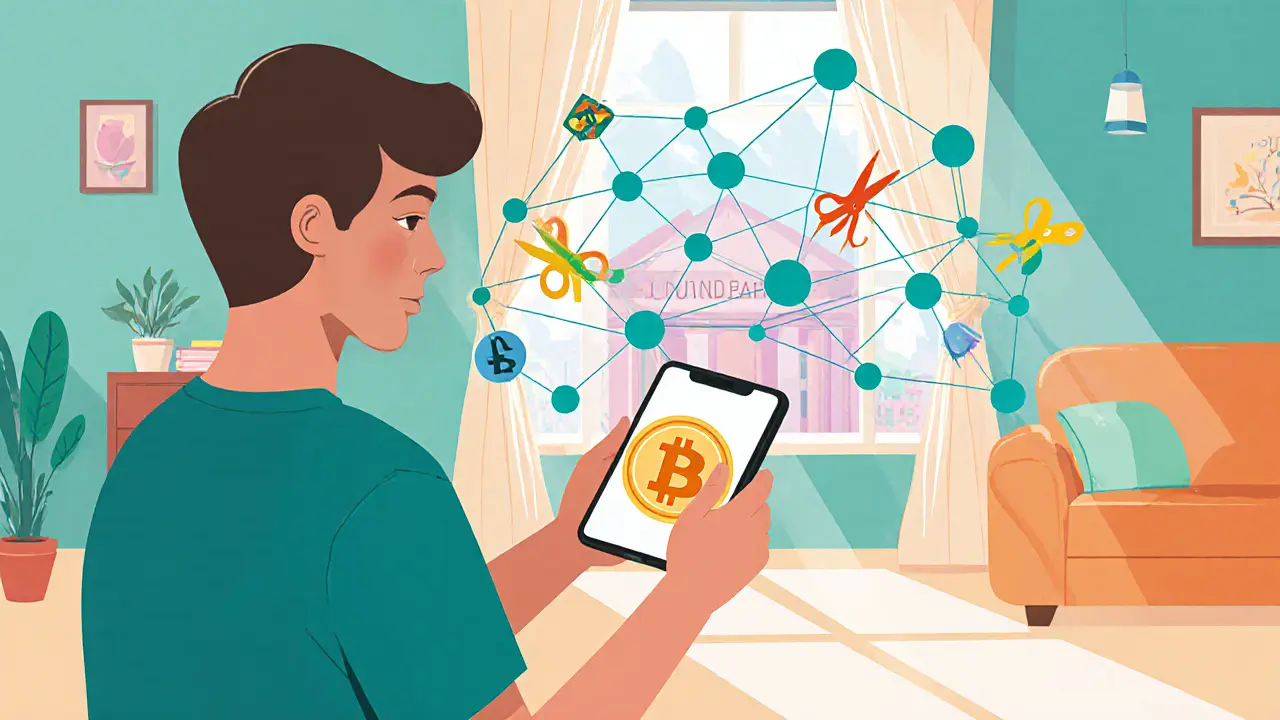Peer-to-Peer Blockchain: How It Shapes Crypto Today
When working with peer-to-peer blockchain, a network where each node validates transactions and stores data without a central authority. Also known as P2P blockchain, it enables true decentralisation, lower fees, and censorship‑resistant services. Because every participant runs a copy of the ledger, the system requires reliable peer nodes and encompasses many downstream tools such as decentralized exchanges.
One of the most visible outcomes of a peer-to-peer blockchain is the rise of decentralized exchange, a platform that lets users swap tokens directly from their wallets without handing funds to a custodian. DEXs like JediSwap on StarkNet or MistSwap on multiple chains illustrate how the P2P model removes intermediaries, cuts fees, and opens trading to anyone with internet access. In practice, a DEX depends on smart contracts that live on the same blockchain network, so the health of the peer network directly impacts liquidity and transaction speed.
Regulatory frameworks now intersect with this architecture. The EU's Markets in Crypto‑Assets (MiCA) regulation, marked up as crypto regulation, a set of rules that define how crypto service providers can operate across member states, introduces a passport system that allows compliant firms to offer services across borders. This influences peer-to-peer blockchains by forcing exchanges and wallet providers to implement KYC, which can clash with the original ethos of open participation. Yet, many projects adapt by offering optional KYC layers while keeping the core network permissionless.
Geofencing and VPN detection are practical tools that arise from the tension between openness and compliance. By identifying a user’s IP address, platforms can block access from restricted regions—a method detailed in Bybit’s policy and in our guide on how exchanges spot VPN usage. This technique affects peer-to-peer blockchains when front‑ends enforce regional bans, even though the underlying ledger remains accessible. Users often resort to VPNs or proxy nodes to stay connected, highlighting the delicate balance between network freedom and legal pressure.
Another side of the peer-to-peer ecosystem is the token airdrop. Projects distribute free tokens to community members to bootstrap network effects, as seen with the B2M, XMS, and Cannumo airdrops. Airdrops leverage the P2P model because recipients only need a compatible wallet to claim tokens directly from a smart contract—no centralized agency is needed to hand out the coins. Understanding eligibility criteria, claim steps, and security best practices becomes essential as airdrops grow in popularity.
Beyond these headlines, peer-to-peer blockchains also power identity solutions like Decentralized Identifiers (DIDs) and Verifiable Credentials, enable automated tax data exchange under the OECD’s CARF framework, and support robust two‑factor authentication recovery methods for user accounts. Each of these pieces forms a web of inter‑related entities that together define the modern crypto landscape.
Below you’ll find a hand‑picked collection of articles that dive deeper into each of these topics—from MiCA compliance checklists and VPN detection mechanics to step‑by‑step airdrop guides and DEX reviews. Whether you’re a trader, developer, or regulator, the posts provide actionable insights that build on the peer-to-peer foundation explained above.
